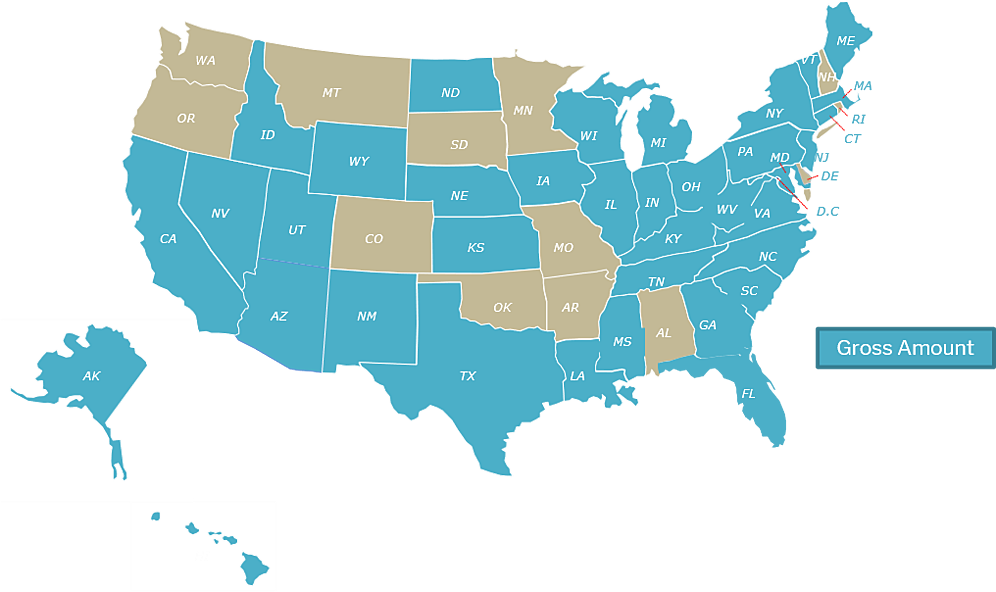We are approaching the three-year mark of the introduction of economic nexus and the South Dakota v. Wayfair decision. In order to address their expanding sales tax obligation, many businesses decided to outsource the sales tax process and chose an “automated” solution. If you are one of these businesses, you may now realize that much of the sales tax process falls on your shoulders.
Maybe you’re unhappy with the service you’re receiving. You didn’t get what you were promised. Or you’re having to manage a lot more on your own than you’d like. You’d love to make a change at the end of your contract, but it was such a hassle to get set up. No way you’d want to do that again. Right?
Making the transition to a new sales tax outsourcing provider is much simpler than you’d imagine. Forget the headaches and read these 7 steps to making an easy transition.
- Gather your documentation – This includes the tax calendar, registration numbers, filing and payment requirements, and logins and passwords.
- Review your contract terms with your current provider – You’re looking to identify the cancellation policy. Often times you need to provide advanced notice of cancellation.
- Agree to pricing and terms with your new provider – Seems like an obvious step but I’ve seen this step neglected.
- Ask your new provider for a list of information they will need during the transition – In addition to the documentation referenced above, the new provider will also need sample data files and any original forms provided by the jurisdictions.
- Secure copies of return images and reports – Most sales tax outsourcing providers will host images of your tax returns and various reports on a secure website. Have a plan in place to get copies of this documentation.
- Notify your current provider that you are canceling – Generally, you will be required to issue a formal cancellation letter. Be clear on the end date.
- Determine how to resolve notices from prior periods – Identifying when to pull in your old service provider to help resolve a notice should be established upfront. As an example, you may decide to automatically pay any notice with less than $100 of penalty or interest related to a prior period before pulling in the old service provider. This materiality threshold will be different for each company.
At TaxConnex, we’ve seen hundreds of companies successfully make the transition from a bad sales tax outsourcing relationship to TaxConnex. During the process of evaluating the performance of your current provider, you have the opportunity to reevaluate your needs and reassess the criteria (for example, cost per return or client service levels,) you will use to select your next vendor. This tends to lead to a better fit in the next client/service provider relationship and ultimately more overall satisfaction.
If you’re looking to make a switch, but hesitant of all that goes into making that change, get in touch. We’d be happy to walk you through how our process differs from other providers and how we can assist you through the process.
Looking for more information? Download our eBook - https://www.taxconnex.com/switch-sales-tax-outsourcing-services-checklist







.png?width=1200&height=628&name=2023%20logo%20with%20SOC%20and%20clearly%20rated%20(2).png)